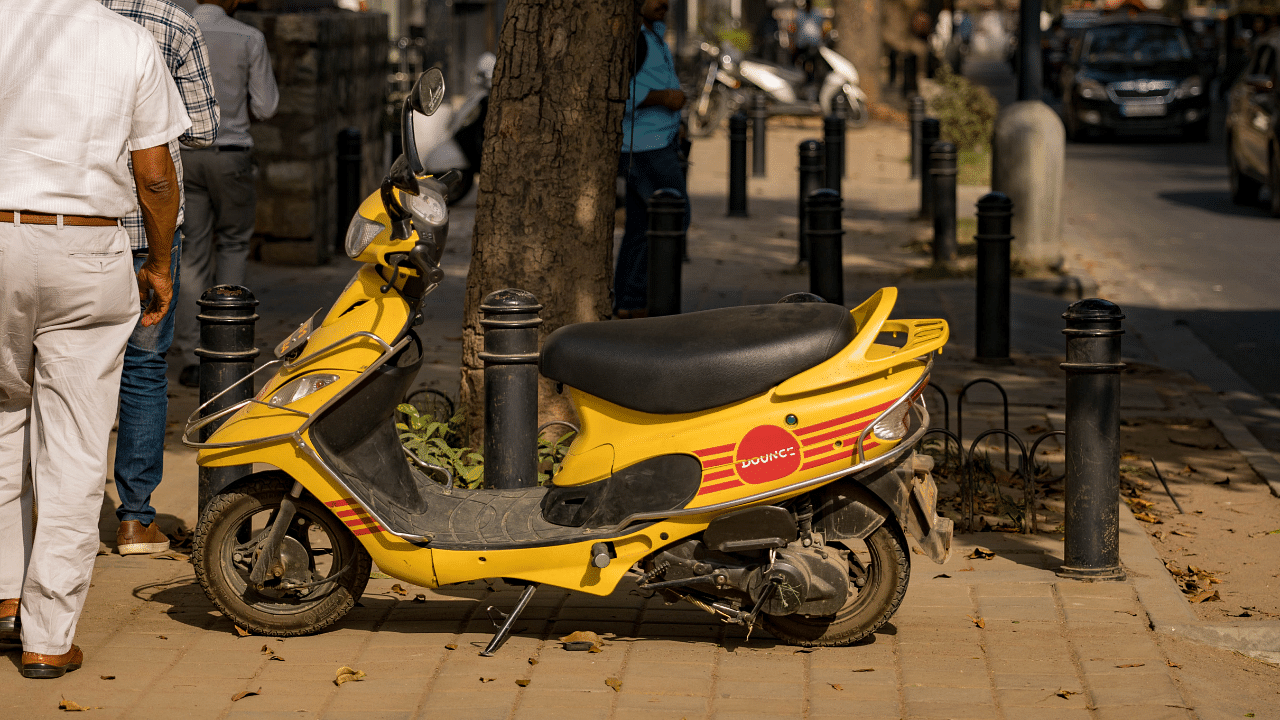
India aims to become a $5 trillion economy soon. For this, it must have all its engines revving at full force. Amid an increasingly competitive global scenario, consistent, healthy, and sustainable growth can be facilitated only through a mix of economic, policy, and legal measures to promote ease of doing business, reduce costs, and help businesses flourish.
Developing world-class infrastructure and logistics must find a place of priority in the country’s multi-pronged growth strategy. In the United States, for example, the Interstate Highway System fuelled postwar economic growth. India is already investing in infrastructure at an unprecedented scale to improve inter-city travel.
With better connectivity and growth prospects, India’s urban population is estimated to reach 630 million by 2030, potentially generating 70% of the national GDP. With metros being primary growth drivers, millions will migrate to the cities, straining the infrastructure and transport systems.
It is important to also focus on intra-city travel for commuters with efficient last-mile linkage that, unfortunately, still has several miles to go. Even if India rapidly invested in infrastructure development, systems like public transport are subject to delays due to issues like cost overruns, land acquisition, and litigation. Commuters, therefore, prefer hiring taxis, autos, and other modes of transport, bypassing public transport.
Despite its potential, the mobility sector is facing financial headwinds. For example, Uber, a pioneer in the taxi aggregation business, posted losses of Rs 216 crore during fiscal 2022. The high fares charged to end-users—a daily Uber ride in a city can cost up to Rs 1,000, making it unaffordable for many—have not helped Uber’s bottom line. There is a need to incentivise the sector.
Irrespective of profitability or lack thereof, people in urban areas need affordable modes of commute. This is where bike taxis can help. They have the potential to alleviate commuters’ woes with appropriate policy measures and incentives.
In cities like Bengaluru, state transport authorities have not created last-mile connectivity for commuters, and bike taxis can emerge as an easy solution for urban commuting.
Currently, the GPS-enabled electric bike taxis can operate for a maximum distance of 10 km between origin and destination with a maximum of one pillion rider. Restricting bike taxis to EVs only excludes a large number of existing two-wheeler owners from providing these services and restricts job creation to only those who can afford high-cost EVs.
The bike taxis are popular due to their distinct advantages: low cost-per-mile, a smaller environmental footprint, and easy manoeuverability. With over 21 crore two-wheelers, India allowed bike taxis in stages as several states and UTs issued policy frameworks.
Broadly, states allow registration of bike taxis as contract carriages, provided the pillion rider is given a helmet and minimal baggage. For example, Karnataka permitted electric bike taxis to operate under its “Karnataka Electric Bike Taxi Scheme 2021.” It mandates that the service provider’s information be displayed on the exterior of the e-bike, that it operate within a 10-kilometer distance limit, that the driver be trained, and that it use helmets, reflective jackets, first-aid kits, and emergency response numbers.
So far, so good. But a fledgling industry needs a comprehensive policy commensurate with economic realities. And it appears that the current framework lacks it. For instance, Karnataka and Delhi only permit the use of e-bikes in taxi services. While this is a laudable initiative, EV is still in its infancy. A would-be entrepreneur will bear a considerably high capital costs.
An e-bike currently costs around Rs 1 lakh. Add to this battery replacement costs and infrastructure constraints, and it may deter new entrants. Now compare this with cab aggregation, where there is no mandate for EVs and cars running on fossil fuel are permitted to operate commercially. Therefore, states should either relax this requirement altogether or delay it by five years until EVs become more mainstream.
The bike taxis have several advantages for India, with its vast middle class, growing pressure on roads, and limited parking spaces; they provide affordable and flexible first- and last-mile connectivity solutions. A flexible policy framework can generate employment opportunities, turning many into micro-entrepreneurs and boosting the local economy while saving commuters time, reducing pressure on public transport, and adding to overall economic growth. Now is the time to double down on this sector and encourage its usage with a facilitative regulatory and policy eco-system.
(The writer is a former Secretary, Ministry of Road Transport and Highways,
India’s Executive Director at the World Bank, and
Chairman of CCI.)